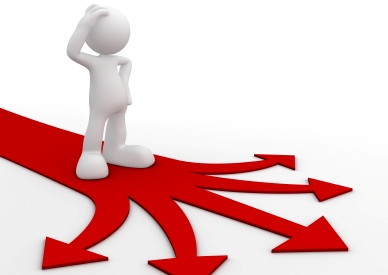Social Selling
Ref: Jamie Shanks, August 25, 2015
Social Selling is an element within Digital Selling. I like to define it as “meeting the buyer where the buyer is already conducting due diligence – which is online.” This definition looks at Social Selling from the buyer’s perspective. Buyers use Social Selling by working within their peer-to-peer networks, and digesting content to arm themselves with information and make informed buying decisions.
Where does the seller come in? The seller’s job is to meet a buyer along the buyer’s journey, and help them through the process.
As the image below shows, Social Selling has three major tactical elements or components:
1. Insights-based selling
2. Trigger-based selling
3. Referral-based selling
These three tactical elements of Social Selling can be automated with tools like LinkedIn and fed with content to nurture relationships.
In short, Social Selling means leveraging content and social platforms and content socially to drive next steps for the buyer.
Digital Selling
You’ll be hearing a lot more about Digital Selling over the next few years. Basically, Digital Selling involves leveraging digital assets. Although Social Selling is a component of Digital Selling, these assets don’t have to be social assets. Digital Selling includes other activities such as sales automation, online presentations, digital documents, CRM operations and more.
Digital Selling is also the bringing together of larger elements in the organization to make Digital Selling possible. It’s not just about the marketing department creating content. It involves creating an organizational structure around content, and an ecosystem to measure the content consumption of your customer. Content consumption for Digital Selling organizations is the ultimate litmus for engagement and buyer interest. With Digital Selling, everyone is involved in creating, organizing and distribution of content. You’re creating a department that concentrates especially on creating a massive amount of content and research, working alongside sales professionals to help them in their territory.
Organizations are already creating these departments, which typically include a content marketer, SDR representative and sales executive, who act as one business unit within the larger organization. They are focused on creating specific content for a specific audience in a specific territory, rather than marketing on a massive scale. Together, the content marketer helps create the story, the SDR uses that content to open up new relationships, and the sales executive works to close the deal. Together, the team is measuring the digital footprints of the buyer, tracking content consumption as a trigger for buying engagement.
At Sales for Life, we use Hubspot Sidekick and Clearslide as tools for sales professionals to monitor and measure the digital fingerprints of every prospective buyer in their territory. Our sales team is completely integrated with marketing to develop content that helps very specific buyers through their buying journey, as we monitor the content consumption of that buyer.
Bottom line
Social Selling is using social as a means of driving business, while Digital Selling is creating an entire ecosystem that is leveraging all of the assets that are occurring both online and offline.


